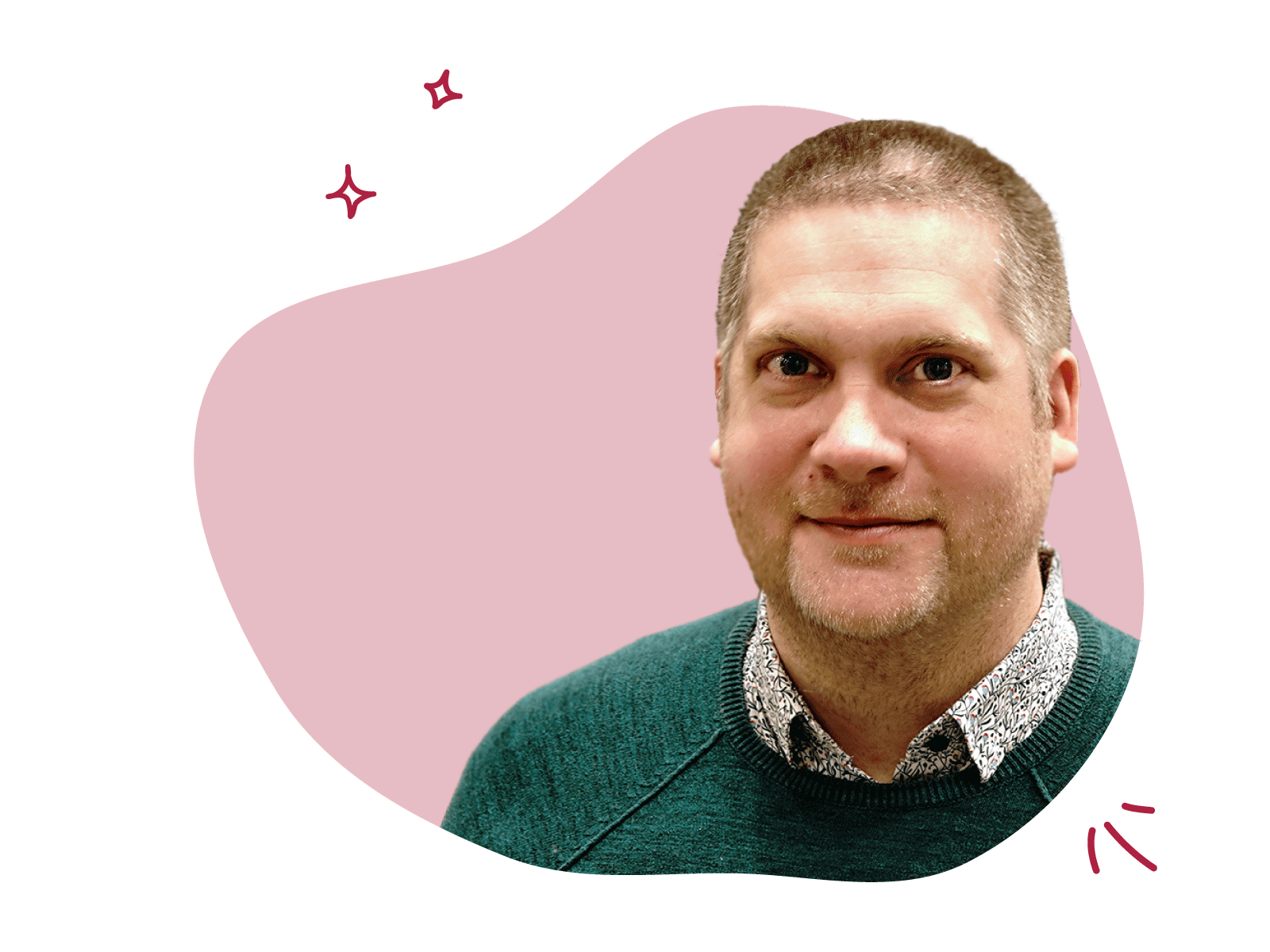Book a demo
-
Solutions
-
Governance Foundations
- Streamline your governance processes
- Board portal software The #1 board portal loved by the world’s most demanding boards.
- AI minute writing Transform minute creation with a purpose-built AI tool.
- Agenda planning Create board meeting agendas that focus on what matters.
- AI Board Effectiveness
-
Evaluation frameworks
- Board evaluation Conduct a holistic review of your board’s performance.
- Board pack diagnostic Assess the effectiveness of your board reports.
- Assess your board’s performance
-
transformational solutions
- Accelerate your board’s effectiveness
- Focus & alignment Technology tools and advisory services to help your board make every second count.
- Board reporting software & services Ensure your board pack hits the mark with Lucia, our AI-powered reporting platform, KPI dashboards and expert training.
- Organisational impact Drive organisational transformation with Silicon Valley veteran Ann Hiatt.
-
-
Insights
-
By Theme
- Board effectiveness
- Board & management papers
- Governance & compliance
- AI-powered performance
- Collective intelligence
- Business as a force for good
-
-
About
-
Company
- Our story Why boards need science...
- Careers Looking to work with us? See our open positions.
- Clients From large enterprise to public sector, see why 60% of our business comes from referrals.
- Press Everything we’ve contributed to or been covered in.
- Advisory Board Meet the thought leaders.
- Get in touch Tap into your organisation’s brainpower.
-
Spotlight
-
-
Login
- Board Management (How to Login)
- Board Reporting (Lucia) Login
-
 Board ManagementWays to log in to our
Board ManagementWays to log in to ourboard portal
-
 Board ReportingLog in to
Board ReportingLog in toLucia

